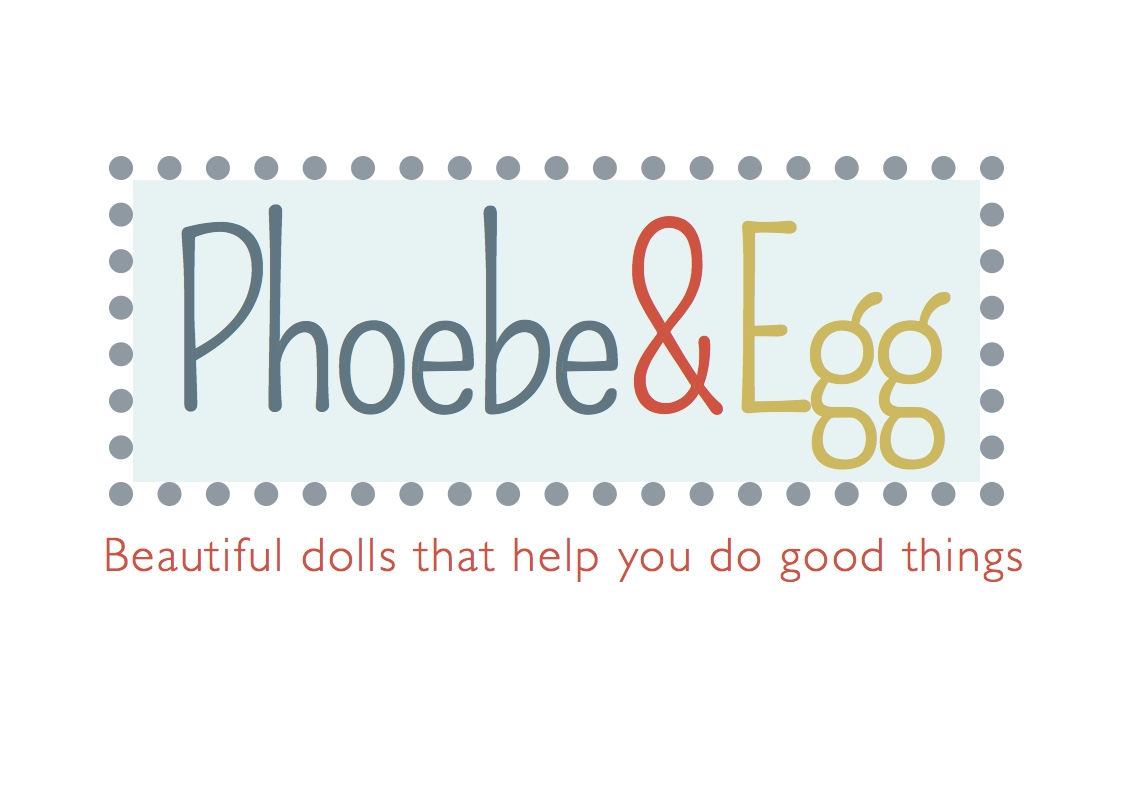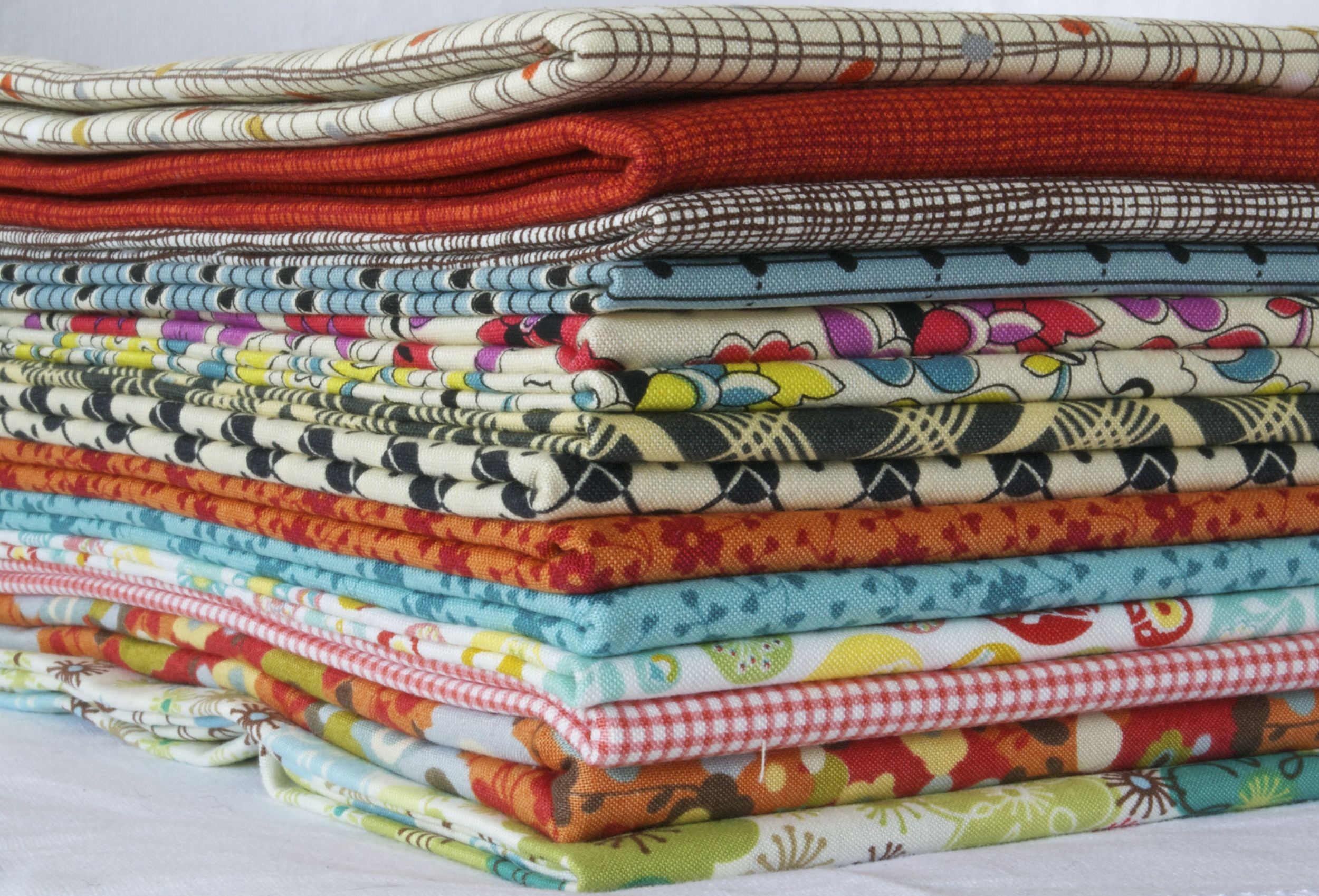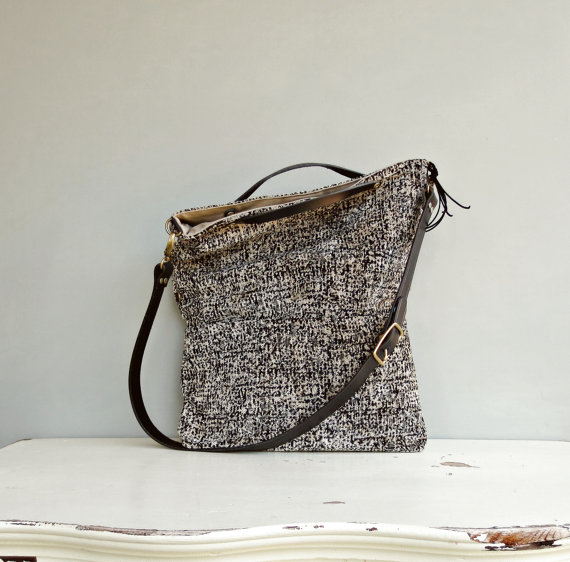In 2007, I made my first Etsy purchase. It was a paisley padded laptop cover for my oldest daughter, who was going off to college. It was about $70 and I knew from the description we would need to wait for it to be made. A month later, when it arrived, we could see it was cushy, perfectly constructed, beautiful and different from the usual. We loved it.
In the intervening seven years, the laptop cover grew a little less vibrant, but I can hardly say the same of Etsy, or the handmade marketplace. The past seven years has been a bit of a handmade renaissance. Last year was Etsy’s biggest year with well over a billion dollars of sales. Although there were sales of vintage items and craft supplies, a bulk of those sales were items made by hand.
Etsy alone cannot take the credit for creating this thriving handmade marketplace. And although some credit goes to the thousands of artisans whose efforts and shops populate Etsy, this renaissance would not be happening if there was not a growing demand for handmade goods.
Why? Why are more of us deliberately buying handmade? It isn’t cheaper. It is often less expedient. And it is a bit of a gamble. And inventories are always low, many items having an inventory of one.
I asked some Etsy shoppers why they buy handmade.
And this is what I heard:
The care that went into making the item was the answer that rose to the top of the list. With this care and attention to detail, buyers felt handmade things can claim more value than store bought.
Many people said they enjoy the connection to the buyer. As a seller and a buyer, I love that connection. This connection brings me to the next two reasons—the item can be customized and it has a back story. Etsy buyers are a more holistic bunch. They like the idea that the seller also has a story. The product isn’t merely plucked from the shelves of a store. The product comes with a creator, a why and a how. Many buyers thought the story and the connection gave the item more value.
People like the ability to customize. They like talking to the seller, gauging how the seller thinks and creates and then seeing how they can respond to their needs. And the communication that leads to the customized item is an experience that has value. This is the flip side of expedient. We don't always want Amazon Prime.
The uniqueness of the item was another common reason. Low inventory becomes a positive.
A few people felt buying handmade was voting with their wallet. You are supporting small business. Sometimes even micro business or a specific cause.
This is not the first handmade movement to emerge. The first was the Arts and Crafts movement. This push toward the hand crafted was driven by a group of artists at the end of the nineteenth century in industrializing Britain in an attempt to preserve craftsmanship in a world that seemed to be moving in the opposite direction.
Maybe we are experiencing something similar. So many of our daily activities are now conducted on phones and laptops, including shopping. Maybe we crave the human element in our lives, and specifically in our non-tech products. Handmade gives us that in so many ways, even if we are reaching for handmade through our laptop.




















